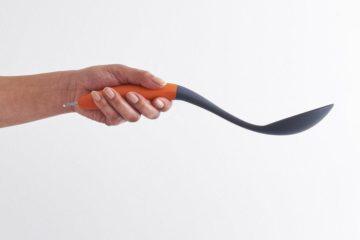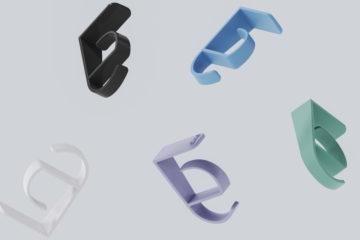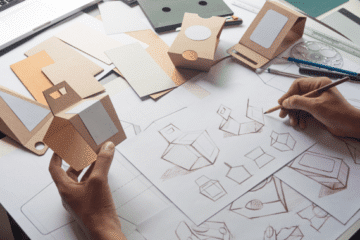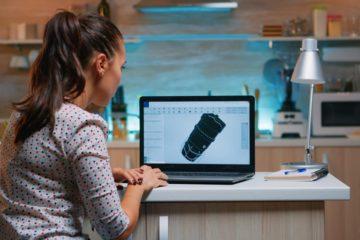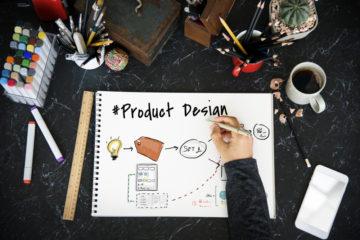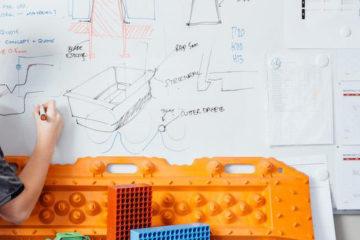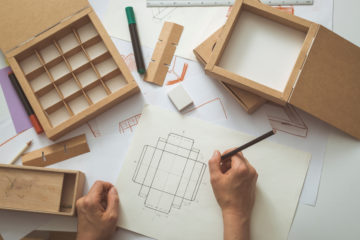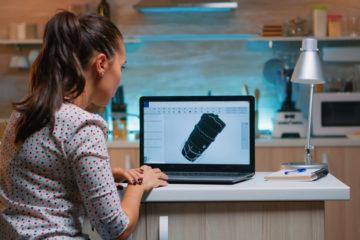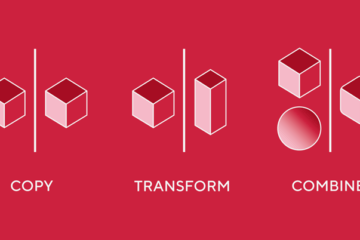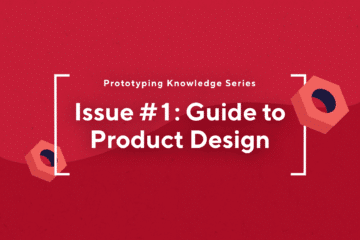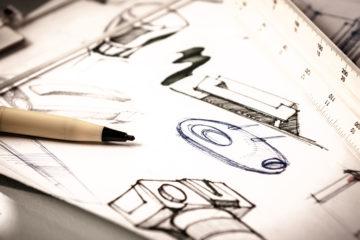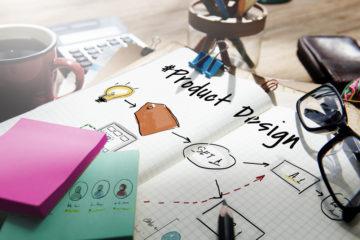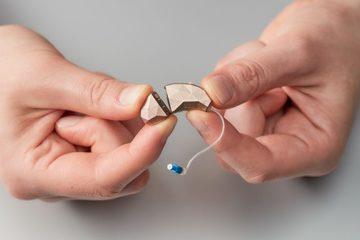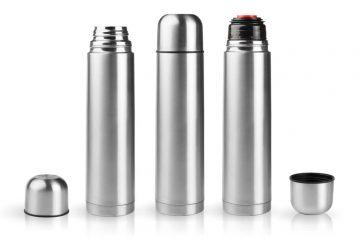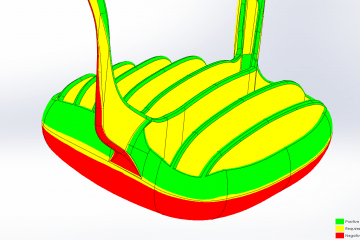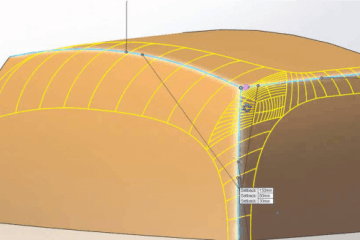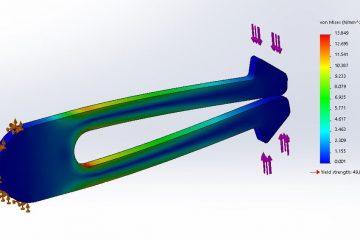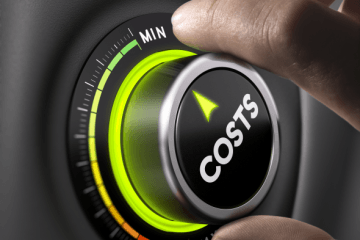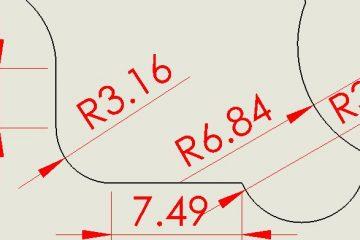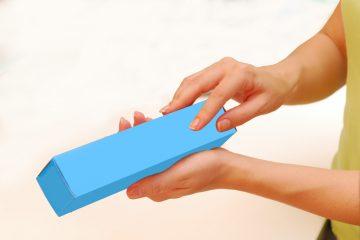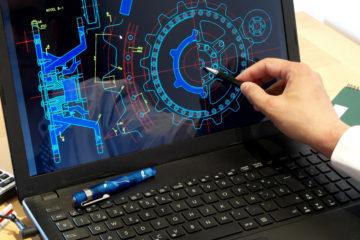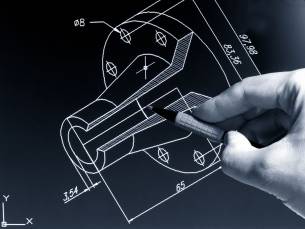In the world of product design, aesthetics, functionality, and visual wow factor often take centre stage. However, one crucial aspect that is sometimes overlooked or half-baked is ergonomics. A simple definition for ergonomics is creating products and environments that are optimised for human use, ensuring that they are comfortable, easy to use, and promote good health.
In this blog, we will explore the importance of ergonomics in product design, its key principles, and provide examples of how it can make a significant difference to a business and product’s success.
Understanding Ergonomics in Design
Ergonomics, also known as human factors engineering, is all about fitting the product to the user, rather than the other way around. It considers the physical, cognitive, and emotional aspects of human interactions with products. The goal is to create designs that reduce user discomfort, stress, and the risk of injury while improving overall satisfaction and performance. Even the simple chair has progressed in subtle leaps and bounds, with curved backs well placed for varying body sizes, curved and tilted bases for comfortable sitting, and splayed legs to allow tucked legs and increase stability (and thereby safety). Of course, there are examples of great designs throughout history though these were created by expert artisans and craftspeople, whereas now it is becoming by and large the norm across the board.


A 1900s chair by Kobus de Graff, vs. a 2020s dining chair from Icon by Design
Key Principles of Ergonomic Design
1. Anthropometry
Anthropometry is the study of human body measurements. Designers need to consider the variability in human sizes and shapes when creating products. For example, a chair designed for a person of average height may be uncomfortable for someone significantly taller or shorter. Adjustable office chairs that accommodate various body types are a prime example of ergonomic design.

The Ergohuman 2 takes into account varying user body types and dimensions, with components that are adjustable to within a range of possible variations in each users’ unique needs.
2. Biomechanics
Biomechanics examines how the body moves and functions. Understanding the mechanics of human movement helps designers create products that support natural motions. If you really look at a power drill handle, you’ll notice that the handles are almost always angledforward by about 15°, which is the angle at which the wrist sits in a neutral position when gripping an object.

Take a look at any power tool that you’ll have and you’ll see this common theme – a 15-degree angle – which puts the wrist in a neutral position which allows workers to work longer and keep their wrists happier in the long term. The Milwaukee M12 FUEL is a great example of this.
I swear this is the last chair example … well maybe, we’ll see. Some chairs nowadays are taking biomechanics and movement into example, realising that sitting statically in the same position all day isn’t great for our bodies. Whilst we know that exercise balls are not the answer (trust me, don’t be that guy that brings and exercise ball into your office), chairs like the HAG Capisco Saddle Chair promote multiple sitting modes to suit individual preferences and allow the user to change their position throughout the day, allowing them to have a more comfortable and healthy office life.

The HAG Capisco Saddle Chair may look different as far as chairs go, though it is designed with the user centre of mind, considering their habits, healthy practices, and healthy movements.
3. Cognitive Ergonomics
Cognitive ergonomics focuses onhow people think, perceive, and process information. User interfaces of electronic devices, such as smartphones and tablets, are designed with cognitive ergonomics in mind. These devices feature intuitive layouts, touch screen responsiveness, and user-friendly interfaces to reduce cognitive load.
Here, understanding and implementing signifiers and affordances is foundational in good design. Signifiers are visual cues guiding product use, like a push or pull sign on a door for example, or a power symbol next to a power button. Affordances are design features suggesting actions, such as a button implying press or a handle implying pull, or a simple texture change guiding people on where to hold a product. Imagine a sleek coffee maker – the display signals brew time (signifier), while the handle knob affords a comfortable grip (affordance). It’s design’s subtle language for seamless interactions.
4. Emotional Design
Emotional design takes into account the emotional response users have when interacting with a product. For instance, the curved and aesthetically pleasing design of a smartphone not only makes it visually appealing but also evokes positive emotions, which can enhance the user experience.


The Apple Mouse vs the Rzzer Basilisk contrastingly demonstrates how effective emotional design can be implemented. How do each of these products make you feel? How are these emotions related to their target user demographic and their intended purpose?
Examples of Ergonomic Design
1. Computer Keyboards
Typing for extended periods can strain the wrists and hands. Ergonomic keyboards are designed with a split layout and angled keys to reduce wrist discomfort and minimise the risk of conditions like carpal tunnel syndrome. They promote a more natural hand posture while typing.

The Logitech Ergo K860, following the ergonomic trend of angled keyboard halves and a wider keyboard that promotes a natural posture, allow your hands to sit at a proper angle, and your arms to rest wider on the table, opening the shoulders.
2. Automobile Interiors
The design of car interiors has evolved significantly to improve ergonomics. Features like adjustable seats, steering wheel positions, and control placement are optimised for user comfort and safety. Arm rests, leg room, and cushioned seat wings have also been increasing in popularity in recent years.

Tesla arm rests are remarkably well-designed. Go sit in one and you’ll find that you can sit in your seat, relax your arm to the side comfortably on the arm-rest, and you hand natural rests on the door handle at the perfect ength, with the handle angled to ensure a comfortable grip on your rest when opening or closing.
3. Kitchen Appliances
Many consumer and high-end cameras have ergonomic grips for single-hand use. The grip contours to your hand, providing a comfortable and secure hold during extended photo sessions. The strategically placed buttons and dials act as intuitive affordances also, allowing photographers to make quick adjustments without taking their eyes off the shot. This ergonomic approach not only enhances user experience but also reduces fatigue, ensuring that capturing the perfect moment is a comfortable and enjoyable process.


The Sony Alpha A6400, with its contoured soft-touch grip that with a concave indent that allows your fingers to sit inside with resistance above and below, reducing the chance of vertical slippage. These grips also increase the width of the camera, allowing your hand to sit more openly which is a stronger grip.
The Business Benefits of Ergonomics
Ergonomics in design not only benefits users but also offers several advantages for businesses. Creating user-friendly products can lead to increased customer satisfaction and loyalty. Fewer user complaints and returns result in cost savings and a positive brand image. Additionally, ergonomic designs can enhance employee productivity, reduce workplace injuries, and lower healthcare costs for companies. Many companies now are using 3D printing to create ergonomic jigs for manufacturing, which allow employees to work safer when doing repetitive tasks.
Ergonomics in design is a critical consideration in creating user-friendly products. By understanding and implementing principles like anthropometry, biomechanics, cognitive ergonomics, and emotional design, designers can enhance the comfort, efficiency, and satisfaction of users.
From office chairs and computer keyboards to car interiors and mobile devices, ergonomic design plays a significant role in improving the quality of everyday products and, in turn, the lives of their users. It’s a win-win for both users and businesses, making ergonomics an indispensable aspect of modern product design.
Subscribe to Our Newsletter
Get the latest news from Dienamics into your inbox






